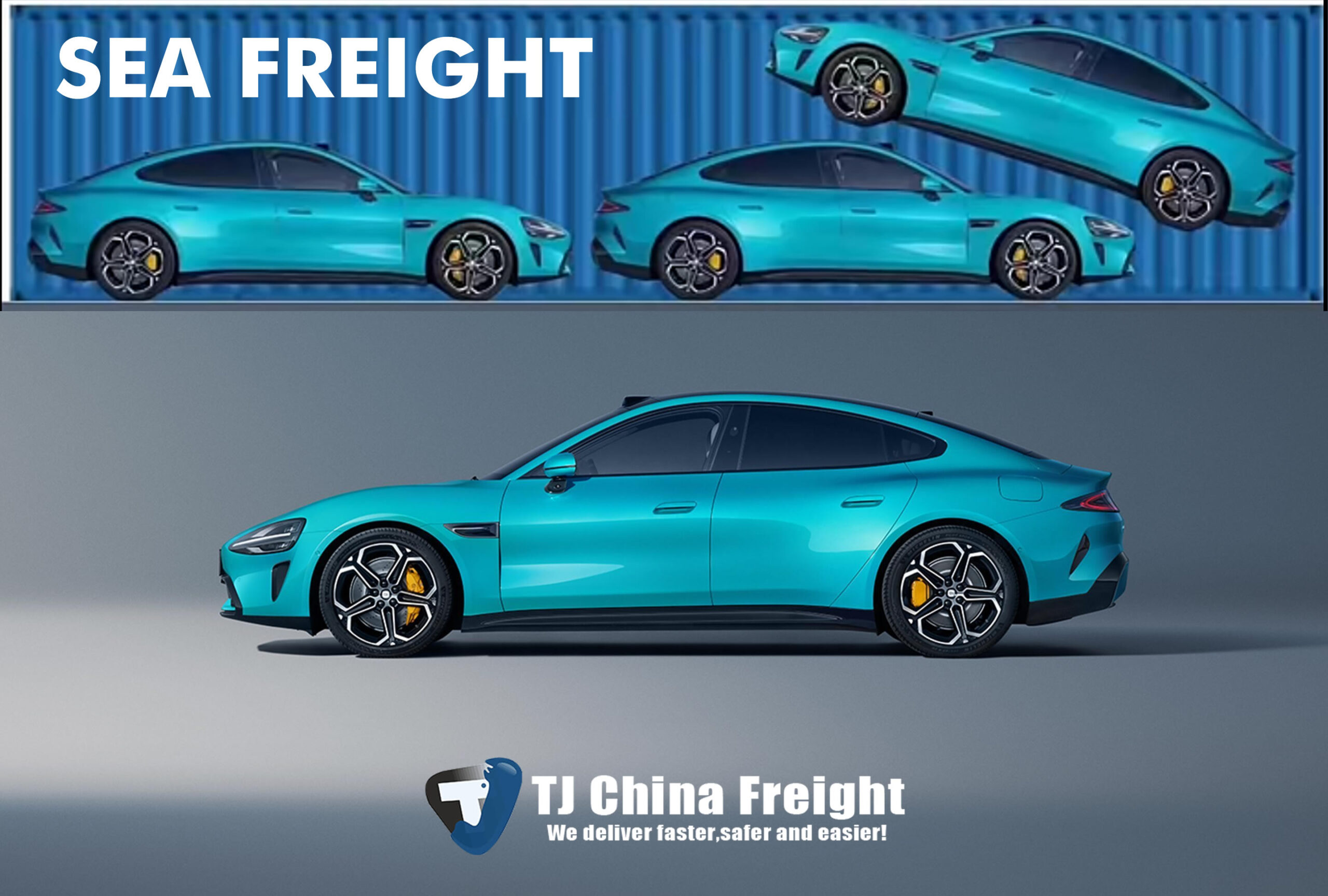
In response to the surging global demand for smartphones, Xiaomi, a renowned global technology company, has consistently strived to enhance product manufacturing efficiency and logistics speed. Tj China Freight, in collaboration with Xiaomi, is thrilled to introduce this groundbreaking packing solution designed specifically for the SU7, aimed at optimizing transportation costs and meeting market demands.
The core advantage of this packing solution lies in its remarkable container utilization and loading efficiency. The concept of “one container, three cars” implies that an entire container can accommodate the cargo of three vehicles, while “lifting one flat to two” signifies achieving higher stacking levels during loading, thereby maximizing cargo volume.
By integrating sea freight transportation, this packing solution further reduces transportation costs and enhances logistical efficiency. Sea freight, being one of the most commonly used modes of transportation in global trade, aligns perfectly with the economic and high-capacity characteristics of this packing solution. Through sea freight, Xiaomi can swiftly deliver a large volume of products to global destinations at a lower cost, providing consumers worldwide with faster and more convenient service.
Moreover, this packing solution underscores Xiaomi’s commitment to environmental sustainability. By improving transportation efficiency and reducing energy consumption and emissions during transit, Xiaomi actively responds to global emission reduction initiatives, contributing to sustainable development efforts.
As a product of Tj China Freight’s innovative approach to logistics, this packing solution not only revolutionizes product logistics but also disrupts traditional industry norms. Its characteristics of high efficiency, low cost, and environmental sustainability promise to bring about a revolutionary change in the global logistics industry, delivering superior and faster product experiences to consumers.
In conclusion, the introduction of Xiaomi SU7’s packing solution injects new vitality into the global smartphone market, empowering Xiaomi to stand out in global competition. Furthermore, it showcases Tj China Freight’s innovative capabilities and relentless pursuit of sustainable development. With the implementation of this packing solution, we believe Xiaomi will continue to lead in the logistics field, paving the way for industry development.







